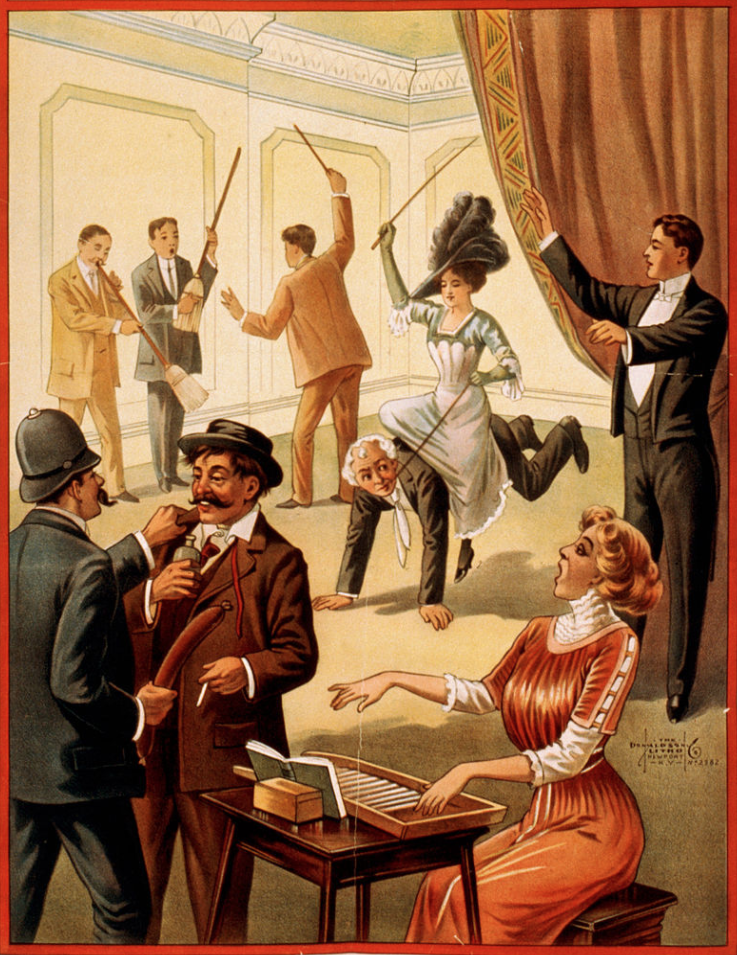
A couple of years back, we helped a hypnotherapy school take their course into an online format. What really struck me when we were making this course were two huge core understandings that are sadly lacking from both teacher training and learning design, and that should be absolutely intrinsic to educational practice.
In this post I’ll explain the first of these:the ubiquity of trance states.
We probably all know someone who has sought help with habitual behaviour by visiting a hypnotherapist or someone who has bravely volunteered to play the fool on stage at a hypnotist show.
One of the strings to the hypnotherapist or hypnotist’s bow is the ability to basically shock or confuse the patient’s ego (i.e. the talky voice in your head) so it retreats temporarily to the sidelines. This renders the subconscious more open to the re-programmability of suggestion, creating the space where the ‘magic’ can happen.
But milder lower-level trance states are not isolated to the hypnotherapy chair or a hypnotist’s stage show.
We habitually enter a low-level trance state whenever we are confronted with figures of authority. It’s the ‘freeze’ response in the fight, freeze or fly trinity.
Remember how you felt on that last visit to the doctor when it’s only once you’re leaving the building that you remember all those assertive suggestions you’d planned so thoroughly?
Or the moment the traffic cop walks away from your car window, leaving you clutching your speeding ticket as reality reforms around you?
Or the lullaby of the lesson you drift through only to emerge into focus with the teacher glowering in your direction?
Those are mild trance states that you are emerging from. And when we are in trance states we are that much more open to the power of suggestion. Good or bad.
So teachers, just think on that.
You’re effectively the hypnotist in a class full of often semi tranced-out patients.
So whatever you say or do that may have a positive or negative effect on a student’s self-image is AMPLIFIED.
That’s a hell of a responsibility. Let’s use it wisely. And kindly.